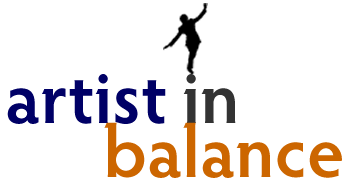Micro contacts
Micro contacts: Here you pay attention to the small contact points between you and the instrument. This is the micro-frame in which sound and articulation is made. Focusing on these tiny connections between you and your instrument can help you to stop working so hard, and to use physics to do the work for you. By focusing on receiving the sensory information from fingertips, embrasure, lips and tongue while singing, you may find you need less muscular effort play, as your body coordinates itself around the task at hand.You are receiving information, rather than working hard to send it.
Here are some examples to get you started. You can look with your eyes if you need to initially find these small points of contact, but then it is good to look away and just feel the small sensations that arise:
Strings: The tiny contact point of the bow on the string, as felt through your fingers. The springiness and vibration of the string under the finger.
Winds: The “taste” of the reed, the feeling of the pads or holes under your fingers.
Brass: the slight pressure and buzz of the mouth piece when you play. The way the pistons push your finger back up when you are done pressing them.
Keyboard: How each finger independently chooses each key and the way the key engages the note on piano, organ, harpsichord, keyboard. How the key springs back when you are done pressing it.
Singing: The forming of the shapes of the words with lips and the very tip of the tongue, the feeling of the air coming in after a long note.
